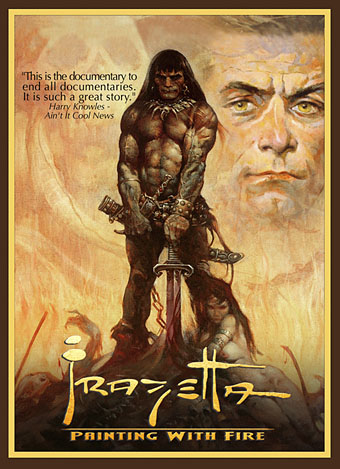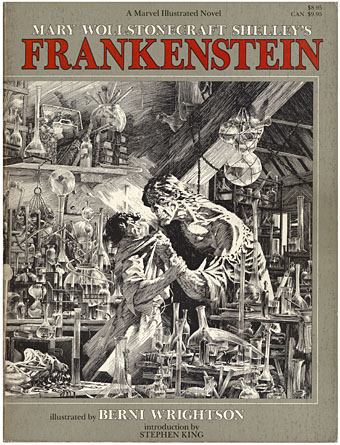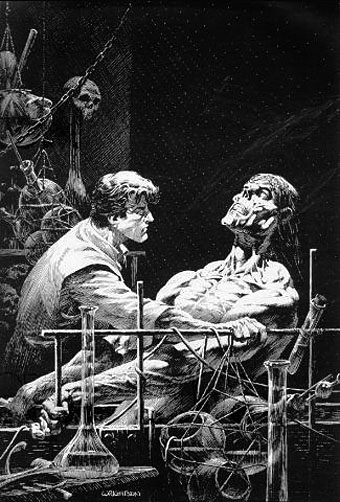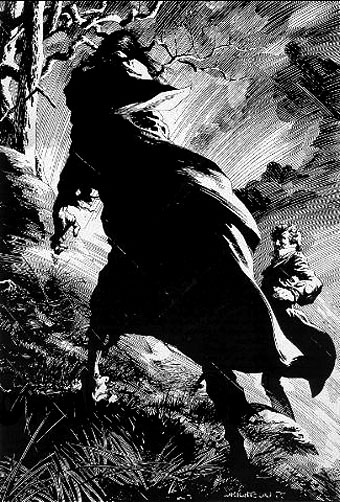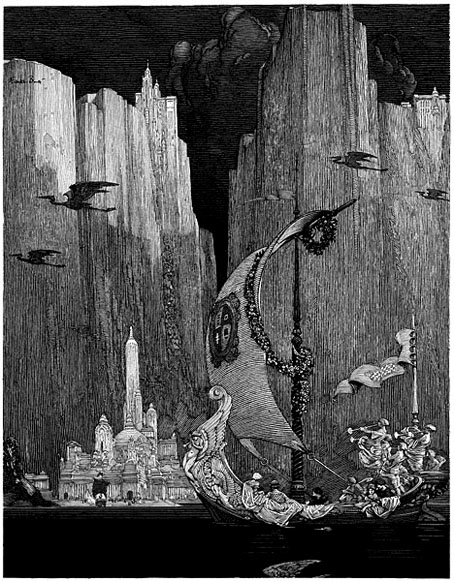Continuing from yesterday’s post, Berni Wrightson appears in this 2003 documentary about the great fantasy artist Frank Frazetta. (And Frazetta is another artist who acknowledges a debt to Roy G Krenkel.) I saw this when it first appeared on video and it’s essential viewing for anyone interested in Frazetta’s work. Stephanie Bruder wrote this week to inform me that the film is now available through iTunes (US store only, for now; UK release is being arranged).
For the last half century, Frank Frazetta has dominated the fantasy art world with his visceral images of savage warriors, curvaceous princesses, and fantastical creatures set in the most lavish landscapes. In this critically acclaimed documentary, we journey to a place where up until now, only the privileged have been. For the first time on film, the reclusive Frazetta reveals to us details of his astonishing life, including how he learned to draw left handed at the age of 70 after suffering a debilitating stroke. Dozens of other professionals candidly weigh in on Frank’s career, including comic legends Berni Wrightson, Dave Stevens, William Stout, Neal Adams, Al Williamson, Forrest Ackerman and film directors Ralph Bakshi and John Milius. Also appearing are rocker Glenn Danzig, actress Bo Derek and fantasy artists Brom, Simon Bisley, and Joe Jusko. Mirroring the dramatic nature of his work, this film utilizes visual effects and a breathtaking orchestral score to create astonishing results. Painting With Fire tells of a life, the spark of an artist, and what Frazetta means to future inspirations. Frank Frazetta is not just a pop phenomenon, but a creative artist destined for a serious place in art history.
Frazetta’s official site is here, this unofficial site has a great selection of his paintings and his influence in some of my own work was recounted here.
Previously on { feuilleton }
• Men with snakes
• My pastiches
• Fantastic art from Pan Books

